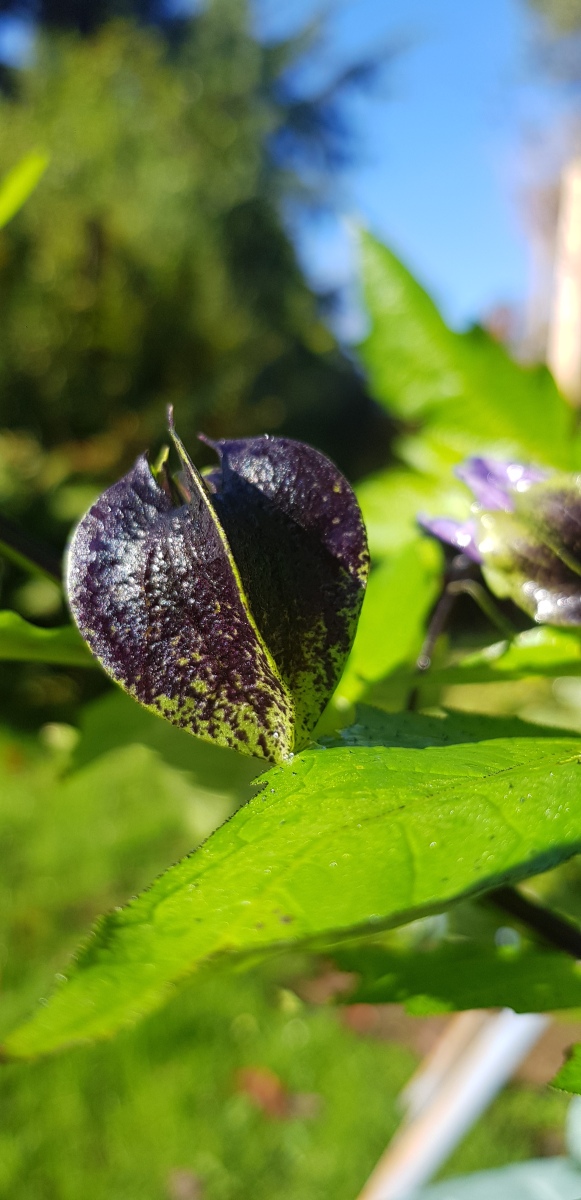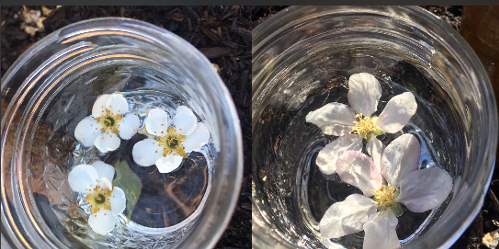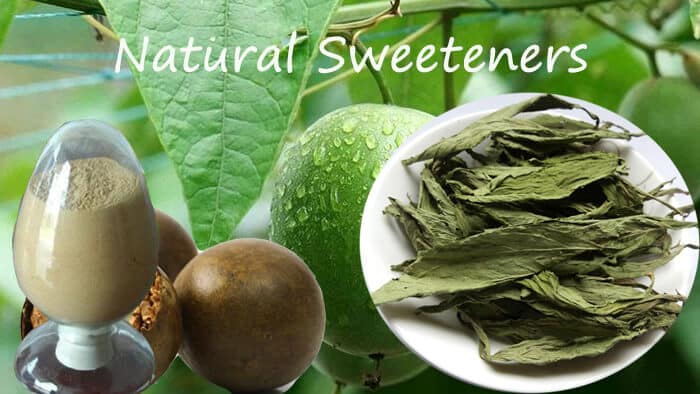This incredible looking plant is called Nicandra physalodes, common names include Apple of Peru and Shoo-fly plant (it apparently deters flies). It has been an occasional visitor to my garden for several years now. I didn’t sow any seed or plant it – maybe it was the previous owners or maybe a bird or animal deposited it – but when the conditions are right (prolonged hot and sunny spells) this amazing looking plant will pop up in amongst my veg.
When I first it saw it a few years back, I was instantly drawn to explore it more, mostly because it was new to me but also because it had such a strange and spooky vibe. It has strange dark stems, leaves that are spotted with black hairs, blue/purple bell shaped flowers which turn into dark green lanterns containing a tomato like fruit, packed with seeds. I instictively felt it was poisonous which turns out on further investigation to be true but like many poisons, the Devil (or God if you prefer) is in the detail. It belongs to the nightshade family which includes some very poisonous plants (deadly nightshade for example) yet other family members include the potato, tomato, aubergine and bell peppers. So how poisonous is it?
Well, mammals avoid eating it, especially the leaves which are toxic in large quantities. Interestingly, the leaves are the parts used for their insecticidal qualities, boiled in milk and left out to attract flies which die after feeding on the milk. The compound nicandrenone (which is found in the leaves) is responsible for this insecticide action and is being looked into for commercial purposes. But apart from the plant being used really successfully to deter flies (some organic gardeners grow then in greenhouses or polytunnels to deter whitefly etc), it is still used as a food in some parts of the world. The fully ripe fruit seems to be the edible part and is reportedly packed with useful nutrients – though they do also contain toxins. The seeds are said to be made into a jelly for consumption in China, though I cant find any solid info on this and of course, the seeds contain toxins too, all parts of this plant contain toxins!
It does have some really interesting medicinal benefits though, the fruits contain substances which have an anti-inflammatory action in the body and are also being investigated for 2 chemicals that act against Parkinsons disease as mentioned here. The fruit are also mentioned as having potential to be “functional food for preventing or treating neurodegenerative diseases” .The seeds and other parts are used in Tibetan medicine against worms, for diabetes, for fevers, as a vitality promoter, for pain & toothache and as a strong diuretic (urine production). Seeds are known to be incredibly high in pectin which is why they are used in jams, jellies and in the making of confectionaries. Extracts from the root, leaf, stem and fruit show strong anti-microbial action and also anti-fungal activity. In China it is used as a sedative and as an antidote to certain poisons. The Chinese are also looking at its anti-ageing properties, compounds within the plant seek out aged cells and destroy them and also protect somehow against neurodegenerative decline and also enhance our natural stress adaptation responses, as mentioned here.
So all in all, mixed messages. This plant is eaten and used as medicine in many parts of the world yet most general internet pages warn of its dire toxicity and desire to kill you.
Obviously without first hand empirical knowledge of using this plant safely, I wouldn’t suggest that anyone starts eating or making medicine from any part of this plant – on the other hand, it is well worth further investigation in terms of seeking out local knowledge from the various peoples that do use this plant, the knowledge on how to use this plant safely and beneficially does exist somewhere. I will add any new info I find in the comments section and please feel free to share any knowledge you may have. It would be a great plant to just sit with at this time when the veil between the worlds is thin, quieten the mind, open your heart and listen for a while without expectation – it may just share some of its many secrets with you!
If you do wish to dive headlong in to the weird and wonderful world of Nicandra physalodes, its use as food, medicine and as a psychotropic substance, click here for a really interesting forum thread containing plenty of links and some genuinely insightful comments and thoughts on the plant.
Happy Halloween/Samhaim blessings!
Top 5 This Week
Related Posts
A spooky looking plant with strong Halloween vibes – thewildpharma


